Have you ever checked your bank account to ensure you have enough bank balance to cover your operating expenses? At the end of the month, a bomb of all the payments is dropped on the business owner, managing the creditors and debtors with strategic cash flow management.
Well, this scenario can be avoided simply by just delaying your payments. Yes, you read it right. Delay your payments to your creditors.
As we have mentioned in our previous blog, Cash to your business is what Oxygen is to our body.
But how will delaying payments to your creditors help you make money?
Strategic Relationship vs Opportunity Cost
Well, the trick is to strike a balance between the strategic advantage and opportunity cost!

Strategic Advantage
- Supplier Segmentation
By segmenting suppliers based on their strategic importance, payment terms, and impact on the business operation, companies can prioritize whom to pay first and who can wait. Essential suppliers, or those with tight margins that might suffer from delayed payments, should be handled more carefully to preserve critical business relationships.
- Dynamic Discounting
This involves negotiating discounts for early payments with suppliers. It’s a strategy that balances the benefits of delaying payments with the potential savings from paying early. Businesses can use this approach selectively with suppliers where early payment could result in significant cost savings, improving overall financial efficiency.
Possible Downsides
- Risk of Damaging Business Relationships
While extending payment terms can free up cash flow for the debtor, it may put financial pressure on suppliers, especially smaller ones. Over time, this can result in suppliers demanding upfront payments, reducing credit lines, or increasing prices to mitigate their risks, ultimately affecting the purchasing company’s operational efficiency and cost structure.
- Interest and Fees
Although delaying payments can improve short-term cash flow, it’s important to consider potential interest or late fees imposed by suppliers for overdue payments. These costs can accumulate and offset the benefits of holding onto cash longer. Businesses should calculate these potential expenses to make informed decisions about payment strategies.
Case Study – Sumit Fabrics
Well, you might wonder, how big of an impact will it create on cash flow management and your business? Let’s answer that with the help of an example.
Let’s assume we have a textile trading business named Sumit Fabrics.
Initial Conditions for Sumit Fabrics
Annual Raw Material Cost | Rs. 75,00,000 |
Original Payment Terms with Suppliers | 30 Days |
Proposed Extended Payment Term | 60 Days |
Cash Required for Seasonal Production Ramp-up | ₹25,00,000 |
Cash on Hand | ₹10,00,000 |
Sumit Fabrics aims to manage cash flow challenges by extending payment terms to prepare for increased demand during the upcoming festive season.
Scenario Without Extending Payment Terms | |
Raw Material Cost | ₹18,75,000 |
Cash Outflow for Raw Materials | ₹18,75,000 |
Additional Investment for Production Increase | ₹25,00,000 |
Total Cash Outflow | ₹43,75,000 |
Cash Shortfall | ₹43,75,000 – ₹10,00,000 = ₹33,75,000 (would require external financing) |
Sumit Fabrics was facing a significant challenge managing cash flows as it prepared for the increased demand of the festive season. With the original Net 30 payment terms to suppliers, the company had to manage a quarterly raw material cost of ₹18,75,000 alongside a necessary investment of ₹25,00,000 for production increase. This situation required a total cash outflow of ₹43,75,000, significantly exceeding their available cash on hand of ₹10,00,000. Without a change in strategy, Sumit Fabrics was on the brink of needing to secure external financing to cover the shortfall of ₹33,75,000, which would potentially involve additional costs and interest, impacting the company’s profitability and operational flexibility.
Scenario With Extending Payment Terms | |
Cash Outflow for Raw Materials | 0 (Deferred) |
Additional Investment for Production Increase | ₹10,00,000 from available cash + ₹15,00,000 from deferred payment |
Cash Outflow | ₹25,00,000 (covered by available and preserved cash) |
External Financing Required | ₹0 |
After negotiating extended payment terms of Net 60 with their suppliers, Sumit Fabrics was able to significantly improve its cash flow management, essentially deferring the payment of ₹18,75,000. The company utilized the available ₹10,00,000, combined with the preserved cash, to invest in the anticipated production increase without incurring external debt.
Impact Analysis
- Strategic Cash Flow Management: Delaying payments frees up ₹18,75,000, helping Sumit Fabrics invest in necessary pre-season production enhancements without external borrowing.
- Strategic Investment in Growth: The full amount needed for scaling up production capacity (₹25,00,000) is managed internally, leveraging the cash preserved by extending payment terms.
- Avoidance of Debt: By not resorting to external financing, Sumit Fabrics avoids interest costs and debt, preserving its financial health.
- Potential Supplier Negotiations: Assuming Sumit Fabrics negotiated a bulk purchase discount of 5% for committing to larger future orders, the savings on raw materials for the next quarter could be additional, approximately ₹93,750 (5% of ₹18,75,000).
Delaying payments allows Sumit Fabrics for strategic cash flow management and making investments to meet the upcoming festive season’s demand. This decision helps the company maintain operational stability and financial health, avoiding the costs and risks associated with external financing.
It’s important to note that while extending payment terms can offer short-term financial relief, maintaining strong, transparent relationships with suppliers and ensuring mutual benefits is crucial for long-term business success. This example simplifies many variables, including the impact on supplier relationships and assumes suppliers are agreeable to the extended terms, which may not always be the case.
It’s essential for businesses to focus on managing cash flows, credit terms, and payment cycles to ensure sustainable financial health.
- How frequently do you encounter cash flow shortages that impact your operational capabilities?
- Do high inventory levels make managing cash flow difficult, affecting your financial flexibility?
- How often do you review your pricing strategies to ensure they support healthy cash flow margins?
We, at Contetra, have worked with hundreds of businesses to improve profits and cash in a span of just 6 months. Set up a call with our strategic principal consultant if you want a customised roadmap to success for your business – https://calendly.com/reachout-_g/30min?month=2023-06














